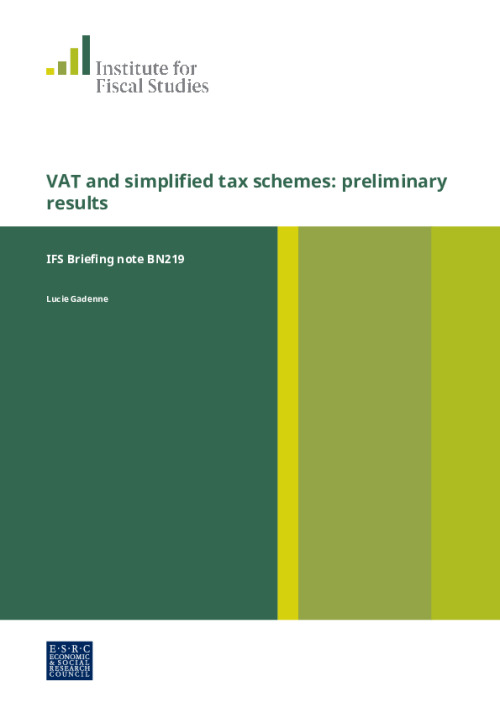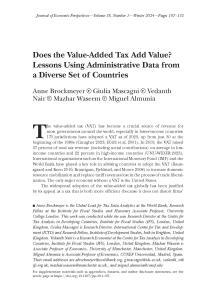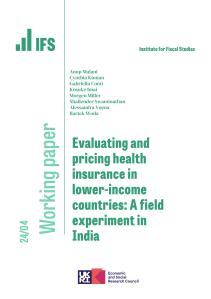This briefing note presents preliminary results from a study on value added tax (VAT) and tax compliance in the Indian state of West Bengal. It focuses particularly on the impact of a tax reform that lowered the compliance costs small firms faced when paying their taxes. This is a pressing issue for many governments in low- and middle-income countries, which view widening the tax net as a key priority, but must seek to do so without placing an excessive burden on small firms that are often ill-equipped to comply with complex administrative processes.
In 2013 the West Bengal government implemented a reform that introduced a new form of paying tax – the composite scheme. The two previously-existing schemes under which firms paid tax were regarded as potentially too cumbersome for small firms to comply with. Thus, such firms were given the option of choosing the composite scheme, under which they would only have to pay a lump-sum amount once a year and file a very minimal tax form.
We find that nearly 10,000 firms registered with the tax authorities to pay tax under this new composite scheme. This corresponds to a 6% increase in the number of tax-registered firms, and a 14% increase in the number of small tax-registered firms – the type of firm targeted by the reform. Whilst we cannot tell if these firms existed in the informal sector prior to the reform, qualitative interviews with firms and tax officials suggest that the majority of firms were likely to have been in operation prior to 2013 but not registered with the tax authorities. The reform was therefore successful in achieving its main aim, which was to bring firms into the formal (tax-registered) sector.
Very few firms that were registered to pay tax prior to the reform and eligible to choose to pay tax under the composite scheme chose to do so. This suggests that for the average firm the compliance costs of filing taxes under the pre-reform tax scheme were mostly ‘fixed costs’: once firms have paid their taxes in one year the compliance costs of paying tax for an extra year are not large enough to induce them to opt for the new composite scheme. The firms that did change scheme, however, paid 14% more tax under the new scheme than they would have paid if they had not changed scheme. This suggests that for some firms the recurring costs of filing taxes under the pre-reform schemes are large.
A simple estimate suggests that revenues collected from firms that join the new scheme are in the 99–127 million Rupees (Rs) range (1.2–1.5 million GBP). This is a negligible increase compared to West Bengal’s total revenue receipts from firms, because most of these revenues come from very large firms unaffected by the reform. It is, however, a 114–146% increase in tax revenues collected from small firms compared to the amounts collected from such firms prior to the reform.










